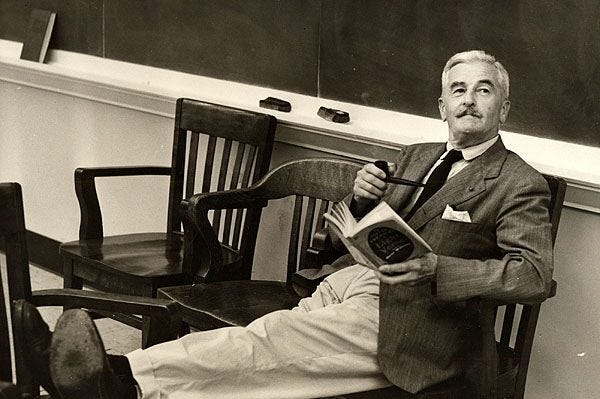Slow Down...
I was reading my friend Tynan’s recent post, “Why Phones and Live Music Don’t Mix,” which prompted me to reflect on my views of art, literature, and the world. I encourage you to read Tynan’s article first, but even if you don’t, let’s examine just one of his examples: Michelangelo’s famous statue of David.
Tynan references psychologist Gloria Mark’s experience in Florence of viewing Michelangelo’s David, including the distraction of multiple tourists taking selfies with the statue, which makes the focus not on the work of art, but rather on using it as “material for comedic photos” and “Hey, I was there” opportunities.
I had a similar experience in 1996, while seeing (or attempting to see) da Vinci’s Mona Lisa at the Louvre Museum in Paris. Even before smartphones, people frantically snapped pictures of a relatively small painting safely housed behind protective glass. If you fought your way to the painting, the crowds wouldn’t permit you to stand around and admire it. You snap your picture and get shoved out of the way.
That means we don’t have time to stop and reflect and ask questions like, “Why did da Vinci choose those particular colors? Why that background? What does that slight smile imply?” The same applies to the statue: “How many hours did Michelangelo spend studying anatomy before attempting David? Why that posture? Why that gaze?”
You can’t do any such reflection while you’re in the presence of the original artwork. You have to settle for a (non-selfie) photograph or some other representation and admire it later.
I’m almost finished with a book titled A Heart Aflame for God by Matthew Bingham1. Even if you’re not a Christian, Bingham has a lot to say about something most of us have either forgotten how to do or never learned in the first place: meditate.
I’m not talking about transcendental meditation, mantra meditation, or dozens of other things that might be associated with the word meditation, but rather reflecting, studying, dwelling upon, and thinking about something from various angles. This involves not only looking at art, but soaking in it, asking questions you and I (and maybe even the artist) probably can’t answer.
In other words, slow down.
Meditation, reflection, dwelling upon, soaking it up… All this takes time. Too many of us have forgotten how to do that. Yet the rewards are tremendous.
I recently watched something I’ve owned on physical media for years. I won’t tell you whether it’s a movie, TV show, or other work. It really doesn’t matter. I’ll just tell you the basics: it’s a story with characters.
That story is both compelling and often hard to sit through, but to paraphrase Walt Whitman, it contains multitudes. You could watch this simply on a story level and become fascinated. But let’s go deeper. Who are these characters? What do they want? How does their worldview play out in the actions they take? Are those actions motivated by justice, desire, selfishness, caring for others, or self-worship? What happens when the characters are forced to reflect? And what would we do in their place?
I plan to write more about this viewing experience in the days to come, but for now, I ask you to join me in going deeper. That journey might involve movies, TV shows, literature, art, music, painting, dance, or whatever. It may take work, but if the art form has worth, it won’t be time wasted.
I’m also reading William Faulkner’s The Sound and the Fury for the second time. Whew… If you’ve read it or even attempted it, you know what I mean.
I’ll leave you with this famous quote from an interview with Faulkner for The Paris Review in 1956:
Interviewer Jean Stein: “Some people say they can’t understand your writing, even after they read it two or three times. What approach would you suggest for them?”
Faulkner: “Read it four times.”
As always, thanks for reading (probably just one time).
David, Mona Lisa photos - Wikipedia
Movie audience photo - University College London
William Faulkner - University of Mississippi
This book is sold out at all but one of my usual (non-Amazon) online bookstores.




I'm reading Fox by Joyce Carol Oates. I get so totally absorbed in her work, I have to make myself take breaks. I watch movies over and over, I look at photographs I love (Diane Arbus, Mary Ellen Mark, Sally Mann) many times. I think I understand what you are saying. Am I?